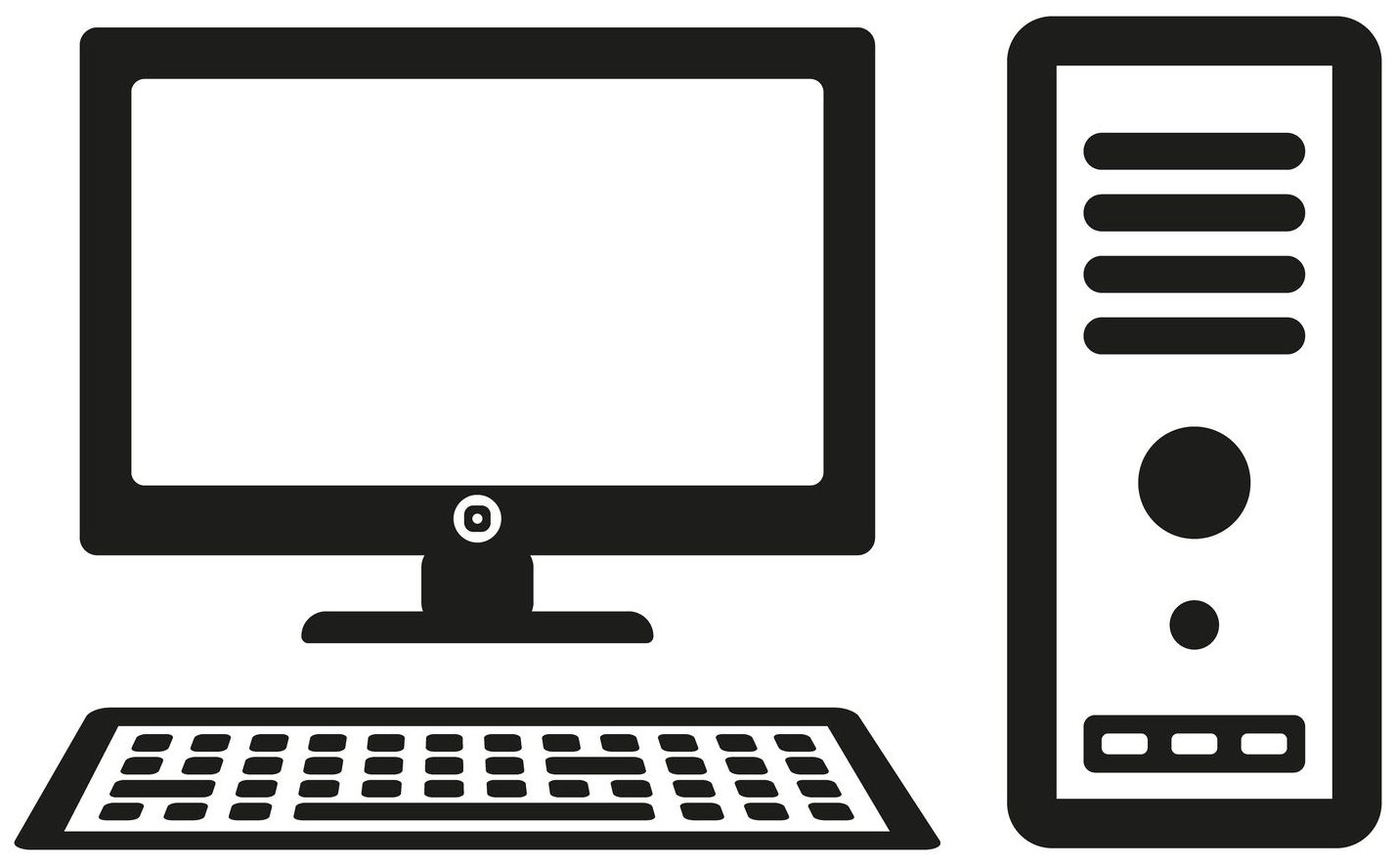
A doctor’s daily job has been compared to battling fires. They must deal with 3 different types of fires daily.
The Fire in the Garden
A fire in the garden is urgent. It needs to be taken care of now; it is like a patient who is deteriorating quickly and needs an MRI or scan but the current waiting list is long.
The Fire Down the Road
It needs to be addressed quickly, even though the situation is not immediately life-threatening. If you ignore it, soon disaster will be at your door. It is similar to long waiting lists at outpatient clinics where long delays may cause patients to worsen before they get attention.
Fires Far Away
These types of fires are easy to ignore. It is a problem out in the distance. Surprisingly, this is the area which sees the most changes and improvement in health care. It is the area of healthcare that covers the early detection, preventative treatment, and non-urgent care.
New technologies, like artificial intelligence (AI) are tested and first used in our “Fires Far Away” scenario, where it has less impact on immediate patient care. Companies like Ideal Health Consultants are working on AI that can help in the field of digital healthcare.
If you want to get a deeper insight into the life of a doctor, we highly recommend reading Adam Kay’s “This Is Going To Hurt”. Adam gives you a clear insight into the daily life of a doctor and the challenges they face. To learn more about how our medical system runs, “Do No Harm” by Henry Marsh takes a look behind the scenes and uncovers the challenges doctors must overcome. Both books will help you get a better understanding of how your doctor makes decisions on patient care and the systems they use to manage their work.
Ignoring Sensationalised News
Patients should have priority, we all know that. Workforce limitations in healthcare and technology mean real transformation in leveraging digital innovation is delayed. Doctors are too busy to get involved in the discussion making it difficult to innovate and improve patient care using technology.
The press tends to sensationalise the use of AI in healthcare. One recent survey shows that healthcare executives and organisations have a better understanding of how and where AI could help. They understand the first wave of change using AI will happen in operational areas, not in diagnosis and treatment. This is an area which would cause fewer concerns for both patients and clinicians who are worried about healthcare being turned over to AI. They recognise AI can help in clinical and life-threatening situations but need to prove to the public their abilities in operations first before new technology disappoints patients and staff in clinical use.
Clinical responsibility cannot be turned over to AI alone. Technically, ethically, and socially it is not possible. AI must prove its ability while being closely monitored by doctors, clinicians, and management before it can be given more responsibility. A machine does not understand the nuances and human factors involved in healthcare. It may be a long time before we turn over clinical decisions to an algorithm, which is good.
Humans make mistakes, but we want to believe machines don’t. Until AI technology reaches a state of almost zero failures it will not be given greater control. Clinical AI systems need to learn from humans and continue to improve. This will minimise risks to patients, providing greater confidence. For now, the role of AI is to augment our abilities.
The Conundrum
Clinical AI solutions need to be used in real-life situations to get experience and learn. Just like a first-time job seeker, they have a problem: they are not given an opportunity because they are not experienced, but they can’t get experience because they can’t get a job. It is a conundrum almost everyone faces.
For AI systems the problem is amplified. Doctors are time-challenged. They do not have extra time to oversee a new AI system. We cannot expect our doctors to give an AI system priority over his patients, but unless new systems are used our doctors will continue to be overworked. An AI cannot replace the over-scheduled doctor and his care team but could at least help if given a chance.
The challenge intensifies since a single doctor or clinic is not enough. We need to hear from a wide variety of voices and types of care to improve AI ability in healthcare.
The Solution – Using AI to Improve Clinics
It is time for us to look at inventive ways to use AI in healthcare. Can AI be used to improve the functionality of a clinic? Could some appointments be handled using telemedicine instead of in-clinic appointments? How do we determine which patients qualify for telemedicine? Do the patients have access to digital tools for their virtual appointment? Is the healthcare workforce trained and enabled to use new digital tools?
It starts by using analytics and research to gain insights about patients and the healthcare workforce. By getting this information we can learn how to use AI and digital tools to alleviate the overload on our health services. It is time to free up our overworked health workforce from tedious tasks, so they can spend more quality time with patients who need them the most.
